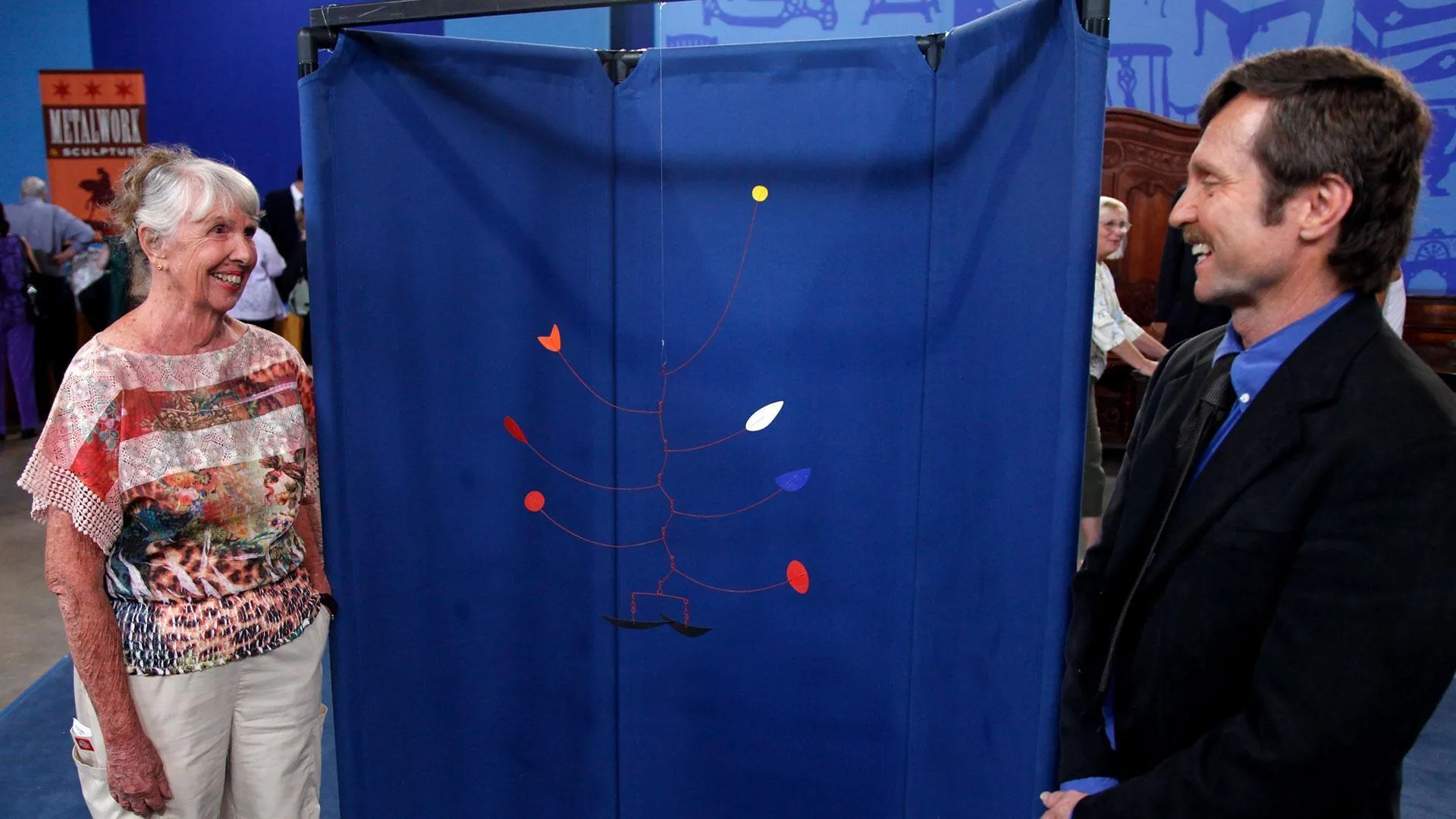GUEST: I bought this little cigar box guitar at a garage sale perhaps two years ago, and I think I paid $20 for it. I got it because it appealed to me, being from South Florida, obviously, a lot of the Cubans, the Havana ribbon label on it. So I had hoped it was doubly collectible being a folklore instrument.
APPRAISER: It's a mandolin.
GUEST: Mandolin.
APPRAISER: And it's eight strings. To the average person, this looks like a very humble little thing and can't imagine why most people would be interested in it, but it represents the ingenuity of people back in the early 1900s, Depression, and the fact that it's made out of a cigar box doesn't necessarily mean that it's Cuban. The origins of an instrument like this are not exactly certain. I mean, it could have easily been made in Florida. It could have been made anywhere in the Blue Ridge Mountains. I haven't seen things like this in other parts of the country, but I'm sure they were made there also. Basically, this was made by somebody who wanted a mandolin, and all they had was a cigar box and a bunch of wood and some wire. This particular instrument is interesting because it's got some paint decoration on the front part of it. The bridge is made out of a piece of paper. If you'll look at these holes right here, I think at one time it probably had some kind of a fretboard on it, because otherwise, to play it, you know, you would just be sliding back and forth on the fingerboard. And since that time, it looks like it's been notched out up in here, but that could even be wear. It had a nut right here, and the strings were guided down through that. They even put this brass plate on here to reinforce it. But the story, to me, of this is the fact that it represents a time period in our country when people made do with things. That little bit of paint on there, to me, makes it a thing of beauty also.
GUEST: Like someone took pride and decorated it, imagination.
APPRAISER: The market for these has changed drastically in the last, say, five years. Back five or ten years ago, this might have been worth, you know, a couple of hundred dollars. Now, they've become so collectible because they're showing up in museums and people are publishing articles about them, that at a good show, I would not be surprised to see a retail price on this of $1,200.
GUEST: Get out. Wow, Ken, that's amazing. That is amazing.











